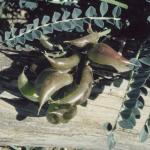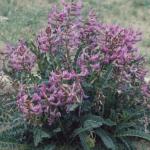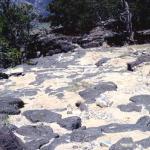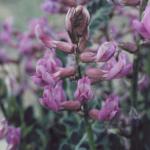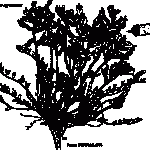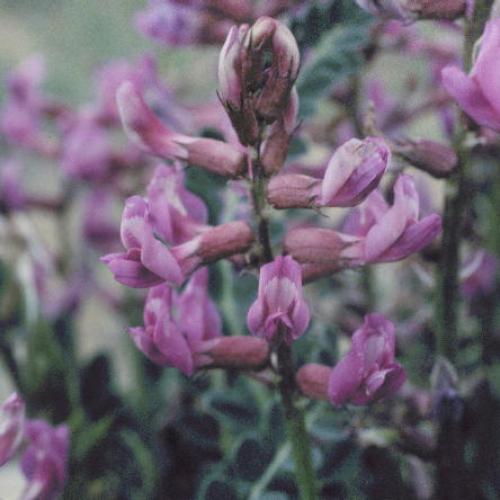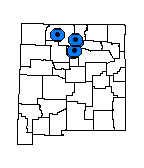Astragalus cyaneus (Cyanic Milkvetch)
| USFWS | State of NM | USFS | BLM | Navajo Nation | State Rank | Global Rank | R-E-D Code | NMRPTC Status | Strategy Status |
|---|---|---|---|---|---|---|---|---|---|
| S4 | G4 | 1-1-3 | R | SS |
| Overall Conservation Status | Documented Threats | Actions Needed |
|---|---|---|
| UNDER CONSERVED | No Information |
Status surveys on abundance, distribution and threats |
Astragalus cyaneus - foliage and calyx strigose; leaflets 15-29; fruits usually didymous with both surfaces depressed (sulcate); north-central New Mexico.
Astragalus shortianus - foliage silky; calyx villous (with long, loose hairs); leaflets 9-17; fruit with conspicuously carinate (ridged) ventral suture; northeastern New Mexico and northward.
*New Mexico Native Plants Protection Advisory Committee. 1984. A handbook of rare and endemic plants of New Mexico. University of New Mexico Press, Albuquerque.
Barneby, R.C. 1964. Atlas of North American Astragalus. Memoirs of the New York Botanical Garden 13:1-1188.
Isely, D. 1998. Native and naturalized Leguminosae (Fabaceae) of the United States (exclusive of Alaska and Hawaii). Monte L. Bean Life Science Museum, Brigham Young University, Provo, Utah.
Gray, A. 1849. Memoirs of the American Academy of Arts and Sciences II(4):34 (Plantae Fendleriana 34).
For distribution maps and more information, visit Natural Heritage New Mexico

